Headless commerce is fast becoming a viable option for B2B brands to enhance the performance and flexibility of their e-commerce website. The paradigm alleviates worries about infrastructure scaling or hosting limitations, letting your company focus on what it does best: building engaging experiences for your local customers. However, it can only do this for your company if you implement it properly.
Properly establishing a successful headless digital presencerequires implementing a few good headless commerce strategies. These strategies should point you in the right direction for reaching your business goals and requirements. They also should be easy to implement as you will want to repeat them in response to changes in the market.
By reading further, you will learn the most commonly used B2B headless commerce strategies and how
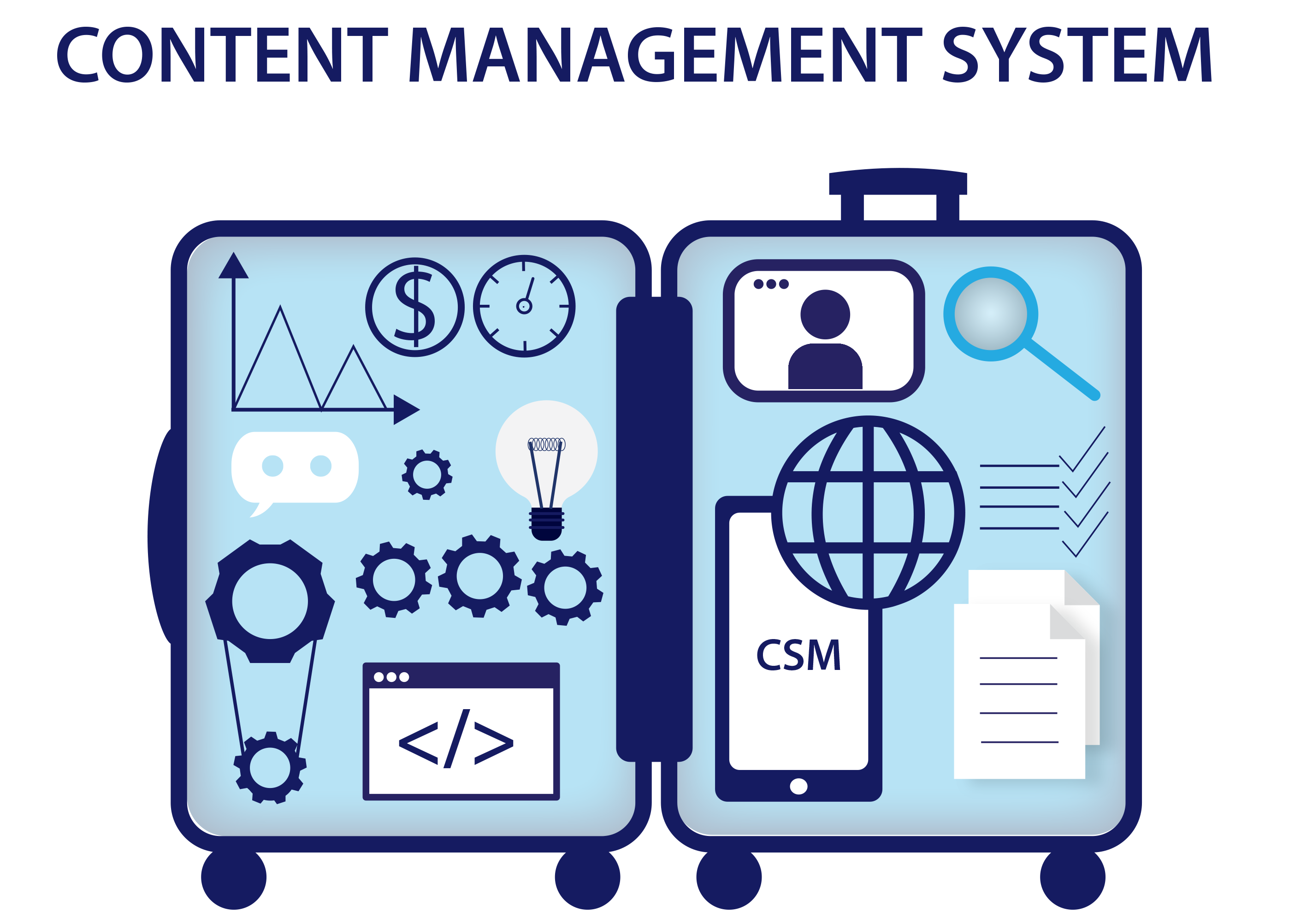
you can use them to enhance your business.
When to Implement Headless Commerce Strategies for Your Organization
Headless commerce is a business philosophy that splits your content and services from their front-end presentation, allowing you to distribute the content to external services such as Facebook and Pinterest. The term “headless” refers to the removal of the presentation layer, often called the head.
Without the head layer, the headless commerce approach asks that you manage your products and inventory through API calls and other web-based tools. The approach began as a way B2C companies could better connect with their customers. However, it has since gained traction among B2B industries for the highly scalable, robust, and fast site and content development it can provide.
Much of this benefit arises from the parallel development between your front-end and back-end infrastructure. Because your presentation and data are separate, you can develop them separately without worrying if you mess anything up. As long as the API calls remain the same, you are good to go. That also means you can work on different user interfaces and platforms at the same time as well.
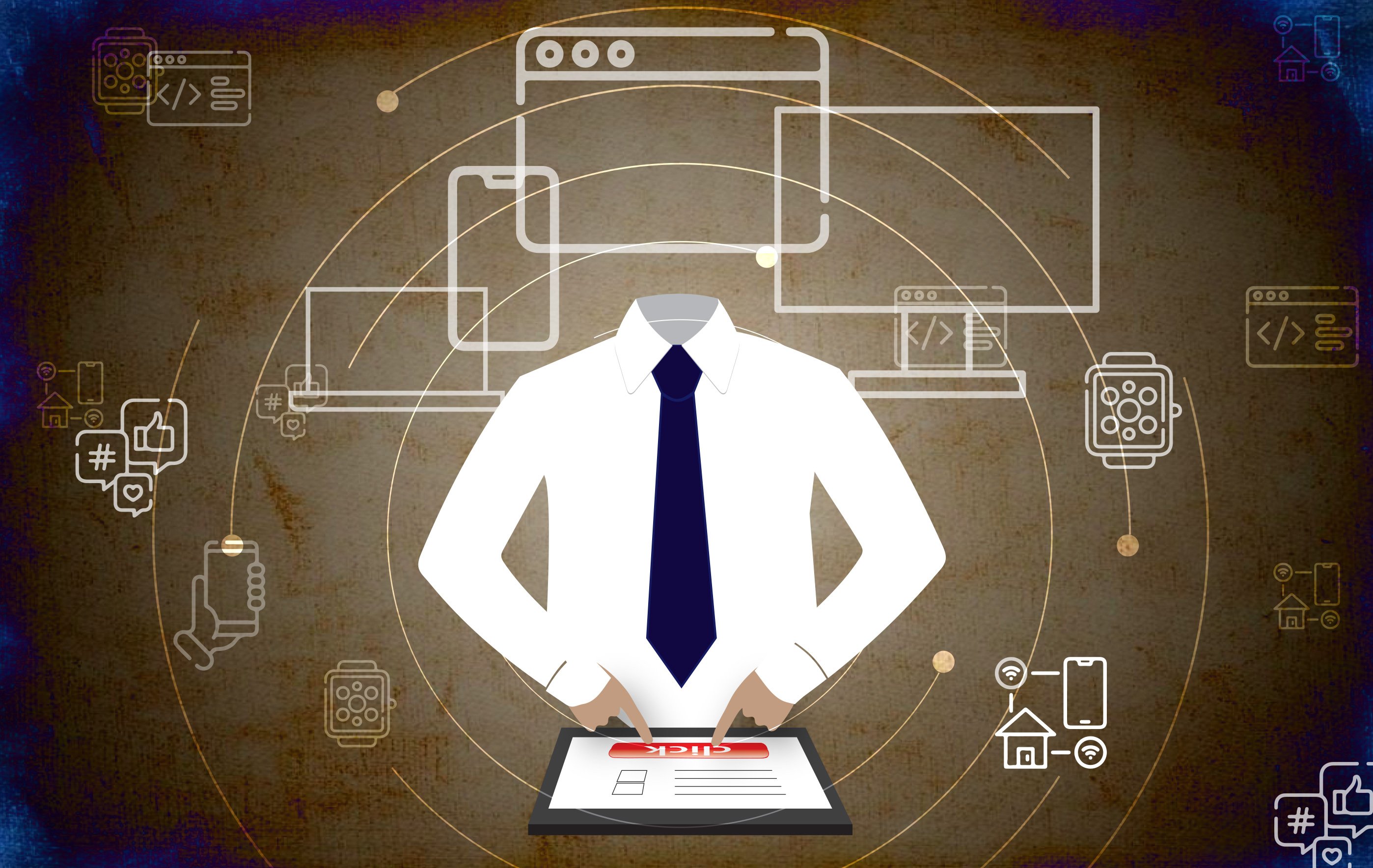
Developing Strategies and the Technical Discipline for Headless Commerce
Moving to a new platform is a big leap, especially if your new platform requires reformatting your entire architecture. As such, you cannot make the change lightly. You must plan and define your business goals for the new technology along with clear strategies to reach those goals.
You must also ensure that the new platform will not adversely affect your business internally. This holds for both your operations and development teams. You also want to minimize any disruptive barriers between development and marketing.
Because of this, the flashiest and most popular options may not be the right fit for your business. Instead, you want to research which solutions are the most suitable for your needs and requirements. Fortunately, there are a few good B2B strategies for successful headless commerce deployment.
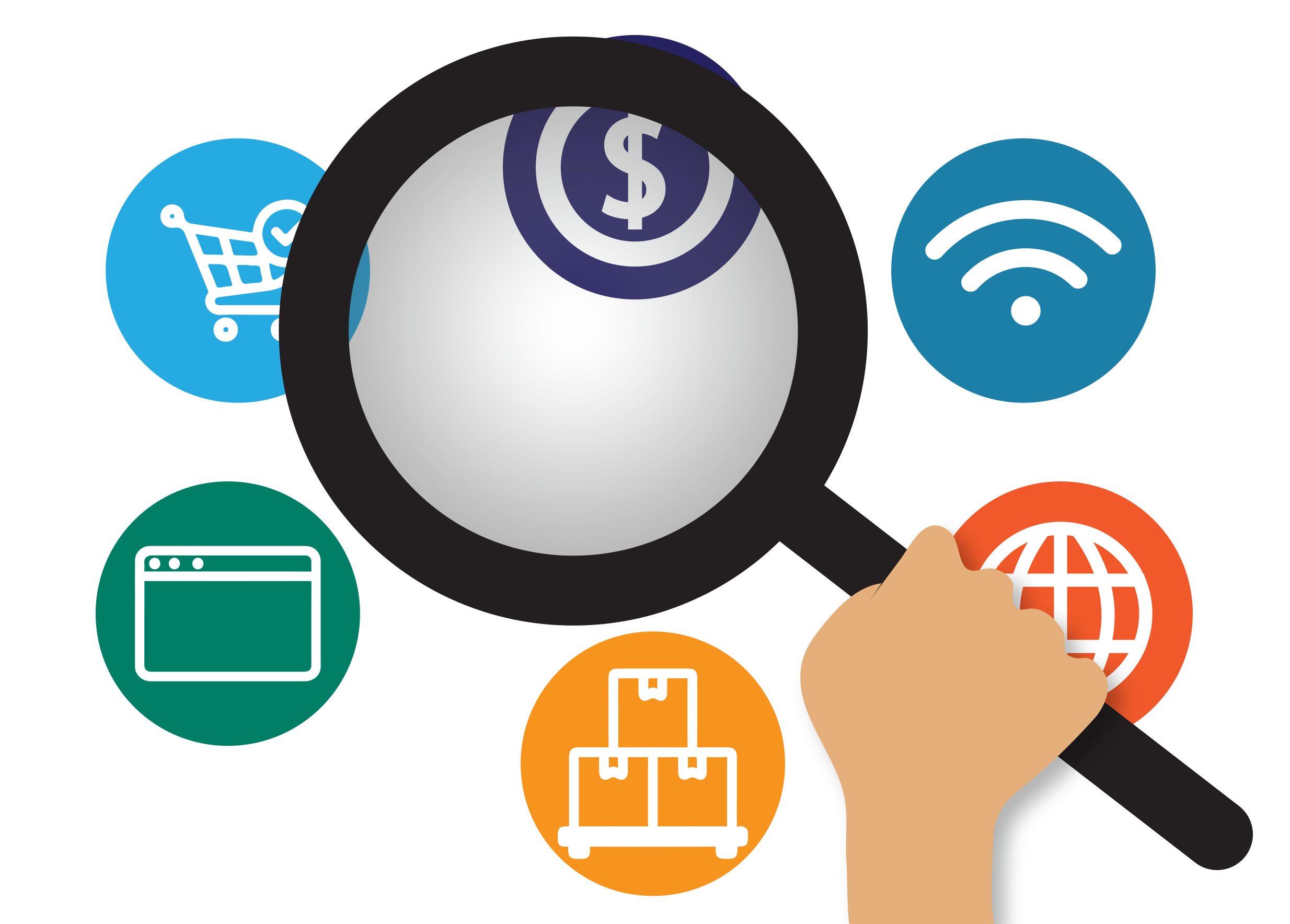
Understand the Factors that Make Headless Commerce Implementations Successful
As with any new technology, the headless commerce landscape can change overnight. New concepts and ideas come online quickly, and the nature of architecture allows these new components to be immediately tested under live conditions.
Therefore, if you want to maintain your advantages, you must understand the latest developments in the field and how they would affect your business. As a result, a good strategy for success is to consider the following factors when considering headless commerce for your business.
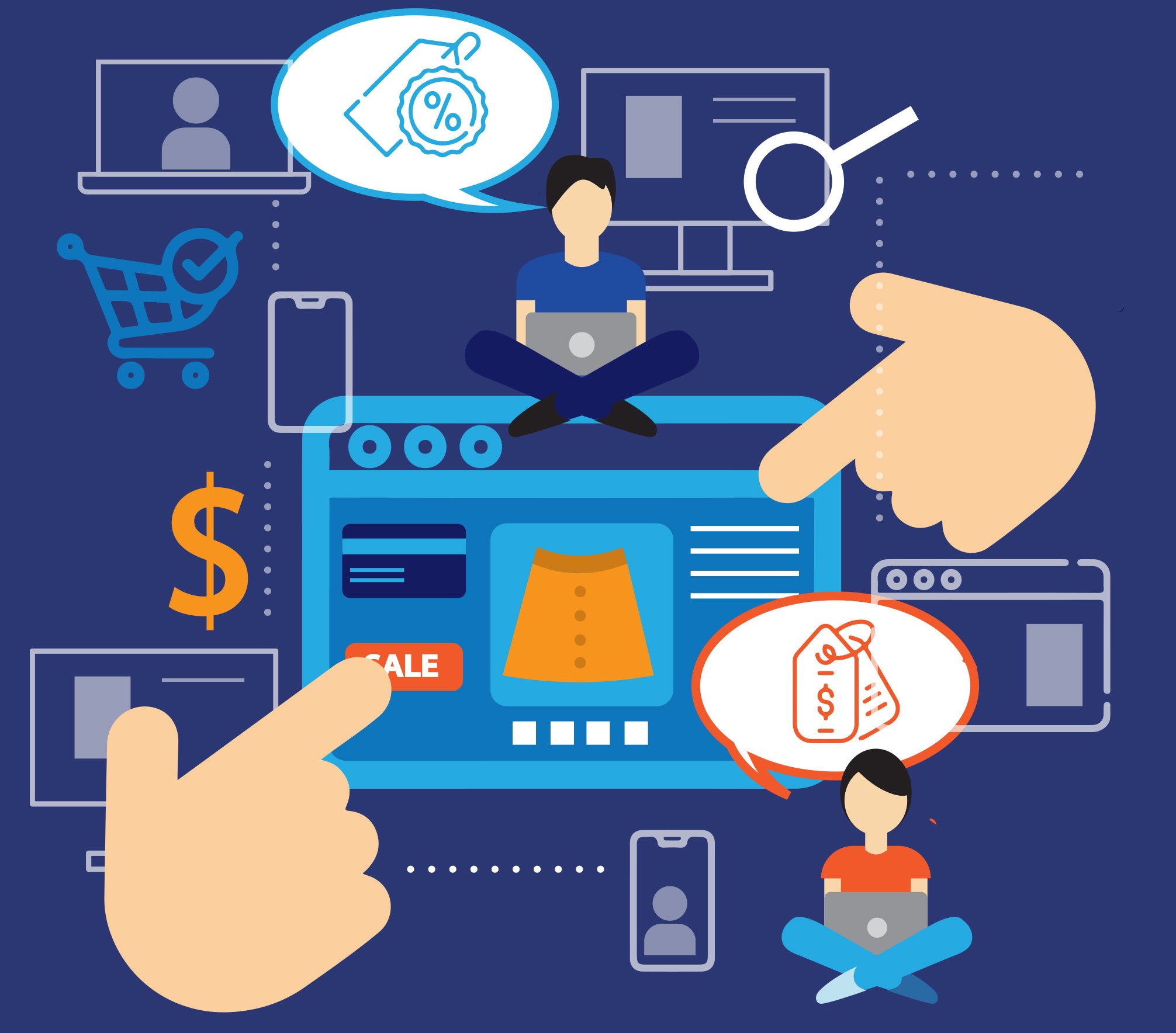
Your Business Goals
However, not every component will be suitable for every business. Before you take the plunge, you must ensure that the technology will properly align with your bottom line.
Fortunately, headless commerce is also modular. You only need to acquire the components you need at the moment, expanding or contracting your network as you go. Therefore, understanding the technology requires you to know how headless platforms work and integrate into your business goals and processes.
Cost and Time Investment
Headless commerce platforms can require a sizable upfront investment in logistical and financial resources. Nothing comes in bulk pre-set packages. You must purchase and develop each component of your platform separately. Therefore, you must consider if each desired function is worth your time based on your budget and current IT resources.
Framework Considerations
While experts talk about going full headless, you can take a more hybrid approach instead. Hybrid solutions let you test headless architecture while keeping conventional content delivery as a backup. As a result, it might be the more appropriate solution for your B2B business, especially if your customers only use a few channels to reach you.
Finding the Right Platform and Partner
The key to any successful technology investment is to have the right partner who can provide ongoing support, development, maintenance, and consultation. This is especially true with headless commerce which emphasizes discrete platform components that connect only through API calls and microservices.
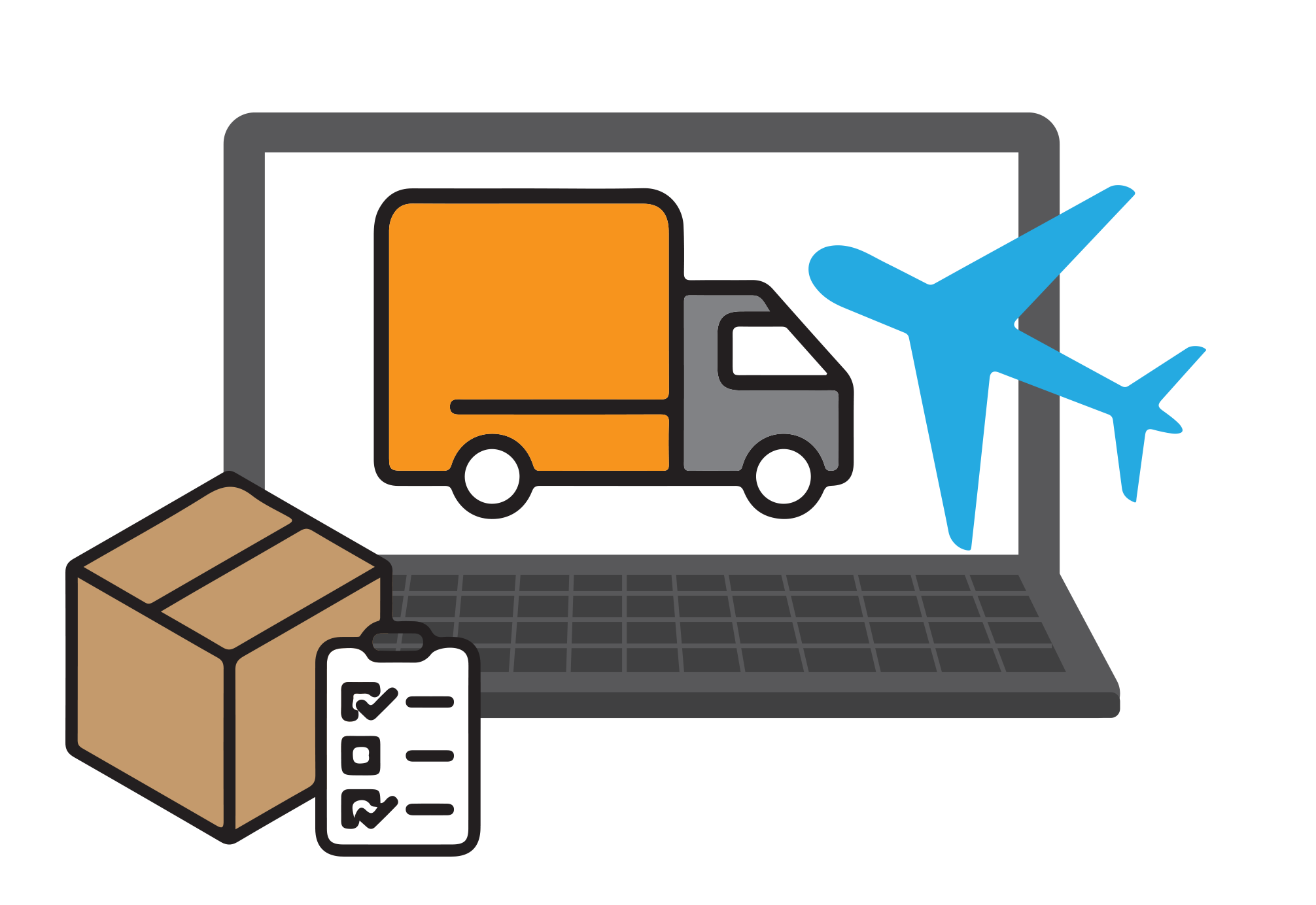
Establish a Headless Commerce Plan Before Making the Leap
Understanding what goes into a successful headless platform is not enough. You must make sure your entire organization is ready and properly trained for it. To achieve that, you must establish a comprehensive plan for your transition to headless commerce.
Your comprehensive headless commerce plan should:
- Determine how you will manage external and internal risks, scope creep, and technical debt
- Assign development teams to various components
- Establish re-evaluation milestones for planned upgrades and changes
- Resource allocation
Ideally, you should document this plan as a part of your comprehensive e-commerce strategy document that includes:
- Your business goals
- Infrastructure considerations including scalability, monitoring, security, and quality assurance
- Data architecture specifications and required technological tools and services
- Change control procedures for maintaining stability and integrity through the initiative’s lifecycle
- Any recommended or required outsourcing
This planning stage is crucial to keep everything on track. You are likely implementing several headless commerce strategies at once, and each one will require the appropriate funding and executive sponsorship. Your plan should identify what needs to be done and when as well as establish measurable objectives for the journey.
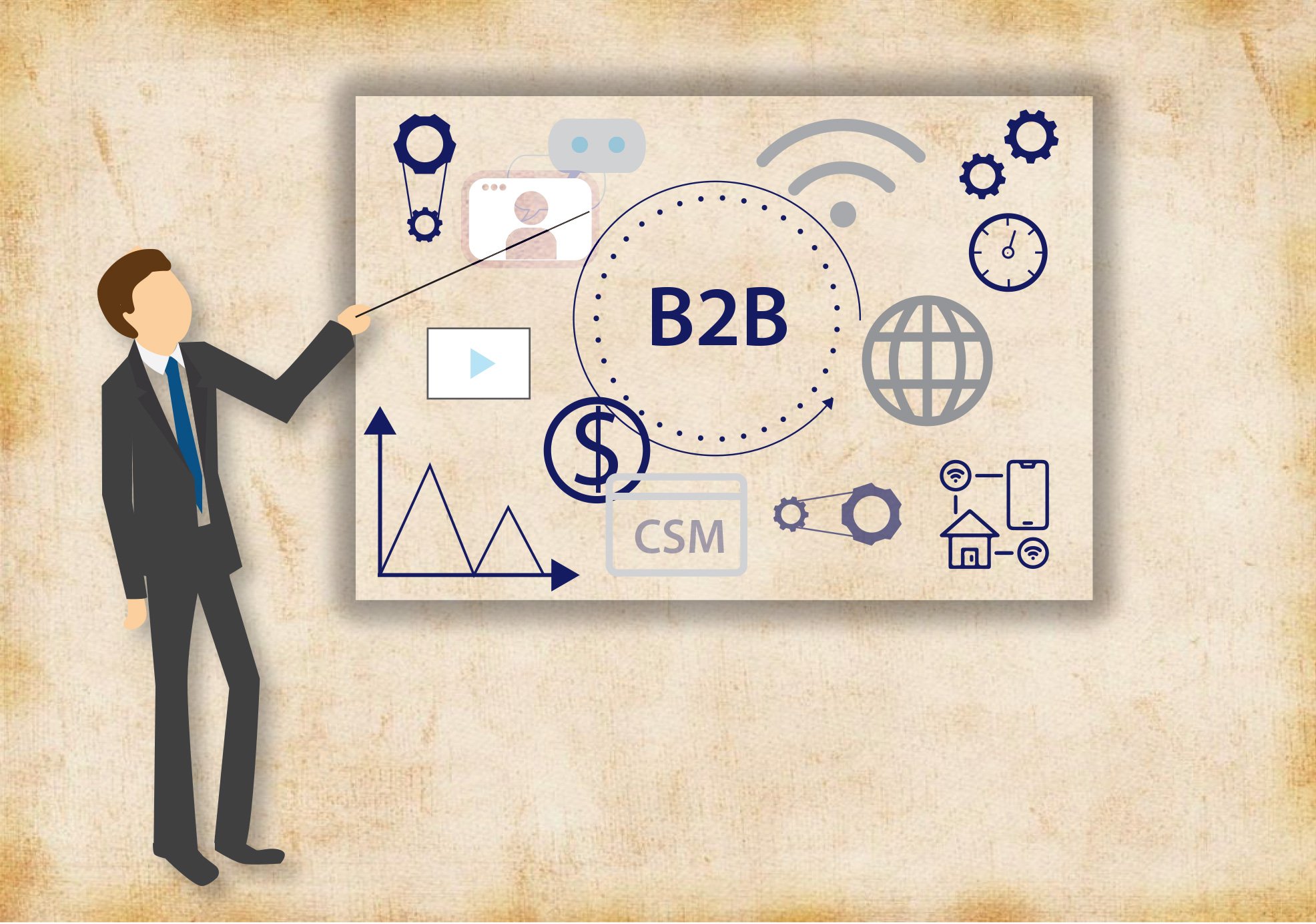
Remember to Plan Every Upgrade as Well
Besides your overall plan, you will want to plan out each upgrade to your infrastructure. You can develop each component separately, but that also means that they can deviate from your goals if you are not careful.
Each of these mini-plans should answer the same questions as your comprehensive plan and offer changes to it as appropriate. It is these smaller plans and upgrades that let you quickly respond to market changes. So, they should help you know if you:
- Use every optimization opportunity before you expand your network
- Know if you have the budget and resources to handle any potential maintenance cost
- Have the right partners for your desired service expansion
With a solid set of plans in place, you can alleviate much of the “fear of missing out” that often arises from new technology.
Start with a Small Headless Platform and Expand as Needed
Spurred on to become more agile and alterable on the fly, every industry has gone headless in full force. While headless commerce can help you provide your customers with dynamic and exceptional experiences, you should avoid going all in at once with some monolithic platform.
Due to the upfront costs, you want to start with your headless commerce architecture small and to the point. Once you have a foothold, you can start expanding gradually with a well-planned-out process. This slow process will ensure that customer experience and business operations remain consistent and unharmed.
A good rule of thumb is to simply convert the level of service you already have to headless, and then remove or add services until your solution matches your specific requirements. You can then add new features and platforms as the needs of your customers change. The inherent flexibility of headless architecture will let you handle these changes with ease without compromising your current offering.
Establish Clear Headless Migration Goals and Guidelines
Creating viable headless migration goals is as important as establishing your plan to accomplish them. Your migration goals set your requirements, expectations, and schedule. They define what is doable and when. They also keep your staff focused on the job at hand rather than costly tangents.
Your goals should also never be random or unrelated to the task at hand. Instead, they should define how your organization and brand will use and develop the technology. As such, they should be based on specific factors.
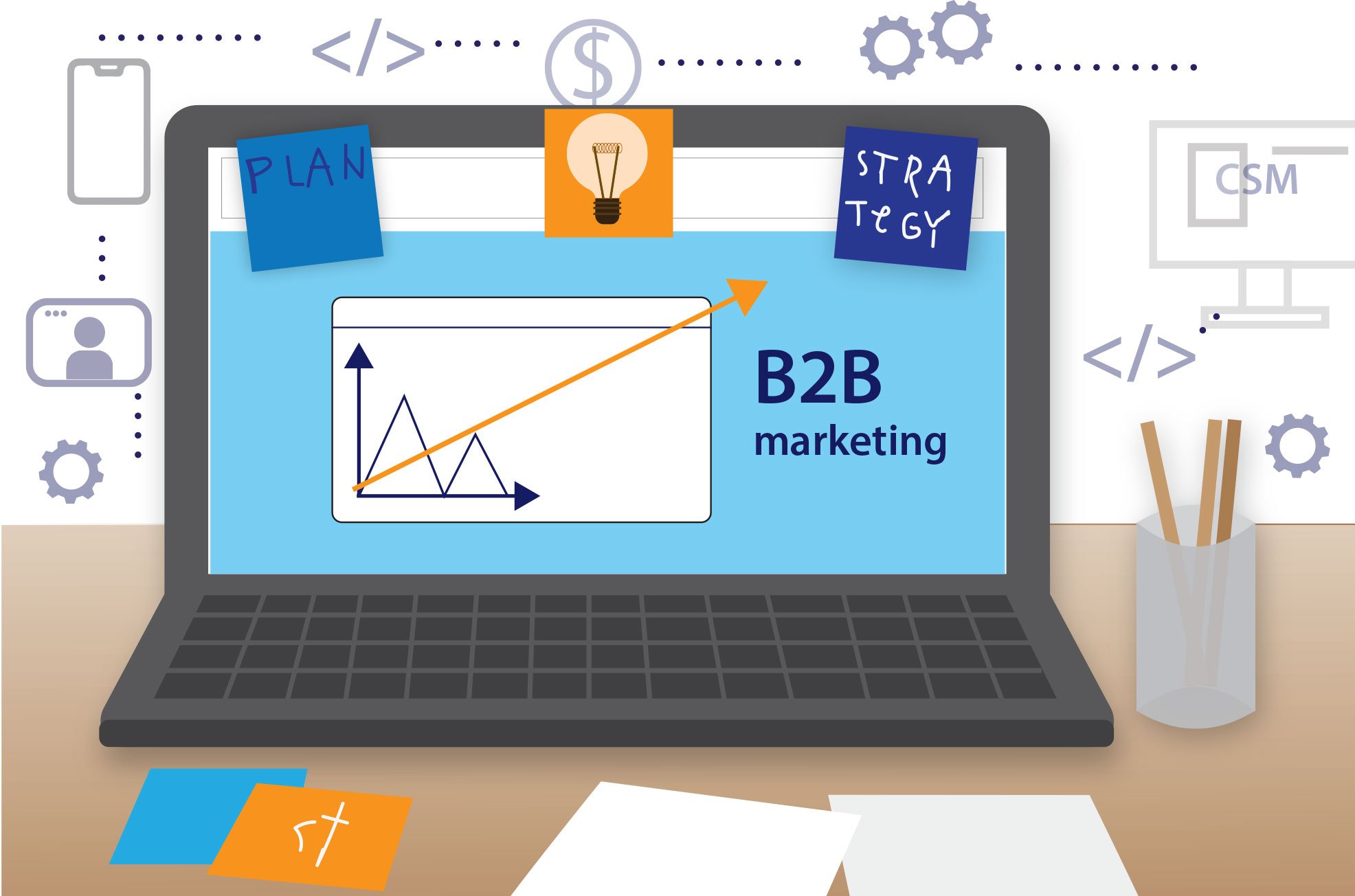
Identify Your Current Shortcomings and Ways to Overcome Them
Migrating to headless commerce requires implementing and integrating brand-new infrastructure and software. While you could start with a hybrid setup using your current content management solution, there will still be a significant initial cost in employee training, equipment, and development time.
Therefore, you will want to make sure you fully understand your current resource limits and organization shortcomings that may inhibit or derail your migration. You also want to identify how you can make the necessary improvements to overcome those shortcomings. Your list should identify these shortcomings by priority to ensure your new architecture remains stronger than your current setup.
Identify How to Improve Your Customer Experience
Providing the best customer experience possible should be one of your higher priority goals during the migration to headless commerce. As such, you want to understand the customer experience you currently offer and how you can improve it.
You can gather this information by asking your customers what they want and would like to see from your platform. You can then compare this information to your current platform offering to see what is missing. Once finalized, your list will help your front-end engineers understand how to develop your platform to make the necessary changes.
You can then test your potential new marketing layouts on your customers, thanks in part to the decoupled nature of headless commerce.
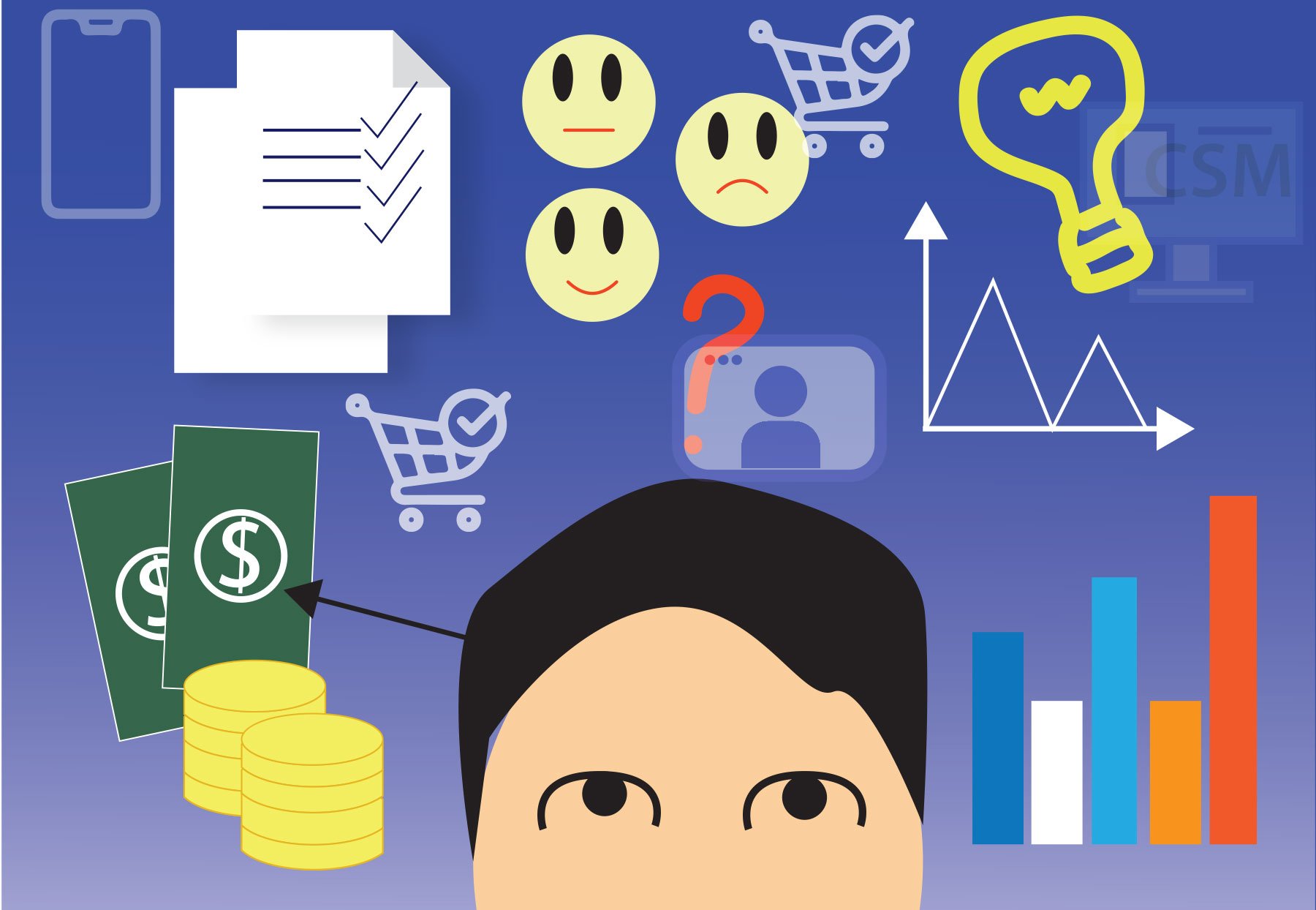
Appropriately Schedule Your Headless Commerce Migration
Talking about migrating to a headless commerce platform will not give you one. Eventually, you must unleash your development team with enough resources to get the job done. However, just letting your engineers do their thing without guidance is equally unwise. You must provide them with a clear thought process and development timeline for the migration.
Scheduling a headless migration is more than simply providing deadlines. Sure, you need one for each phase in the process, but you must also specify which parts of your network should be a priority.
For instance, should your developers migrate your front end before they convert your backend services or after? You should also set priorities for each component such as your orders, product catalogs, and user profiles.
Most firms prefer starting with their front-end solutions to improve their customer experience and metrics. However, you may want to delay that development if you need to establish microservices to ensure your frontend has something to display. Either way, you want to boost your organization’s confidence to continue forward with the migration.
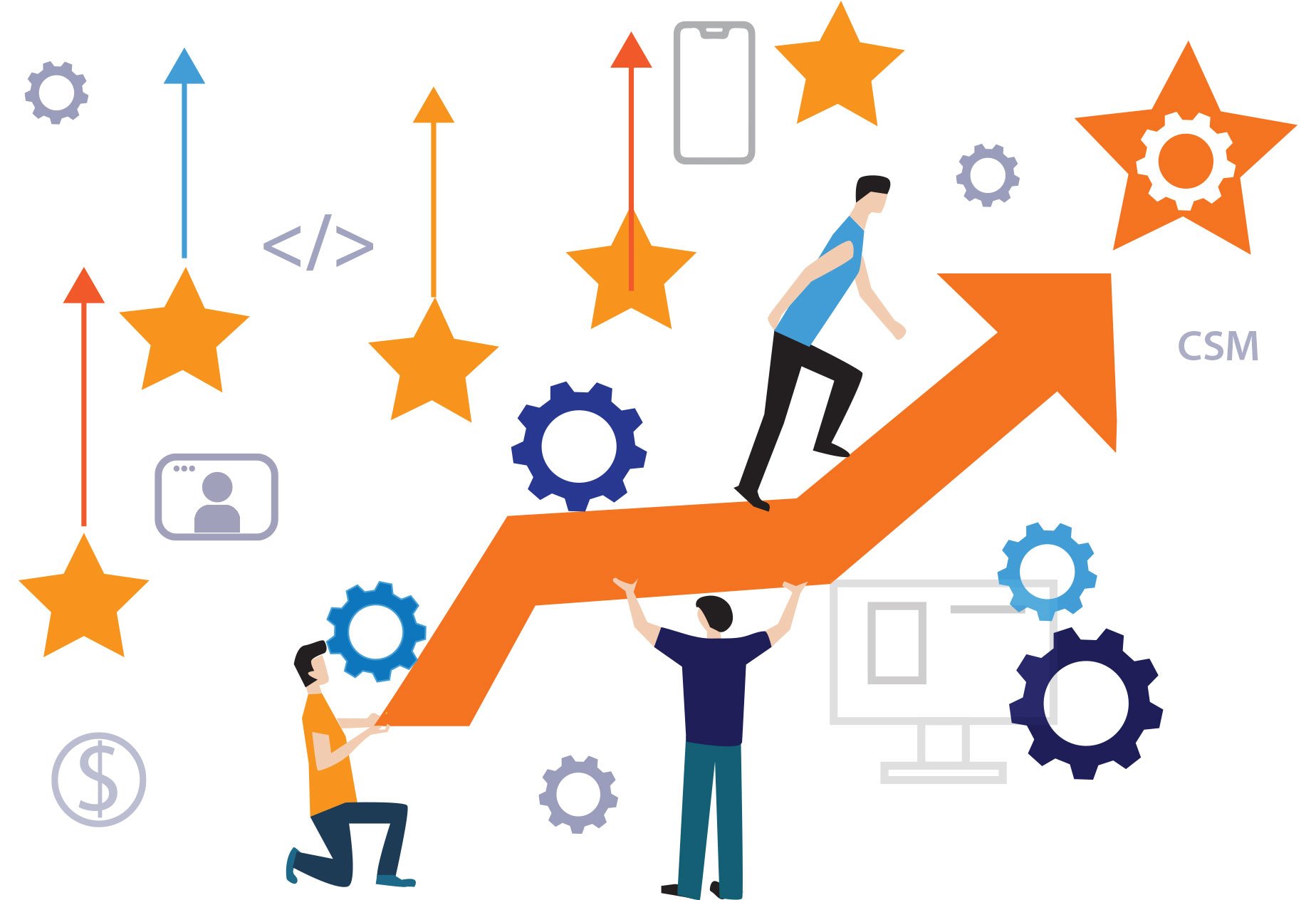
Other Important Things to Schedule During Your Migration
Besides the above development phases, your migration schedule should consider and leave time and resources for several important but smaller steps. These steps are required for all eCommerce solutions but are especially important to the nature of headless content management.
Peak Traffic Management
is your headless infrastructure as scalable as promised? Your channels should load quickly and reliably even through traffic outbursts, especially during holidays and special events
Data security
Because of the disconnected nature of headless CMS, the various components talk to each other through a common set of API commands. That leaves the system vulnerable to data security risks you must mitigate during your development processes.
Your data security must monitor and verify all the data passing through every CMS feature and platform, including data modeling subtypes, objects, and attributes. They must do this while your CMS is live, but also when migrating your data and customer credentials from your old system to your new one.
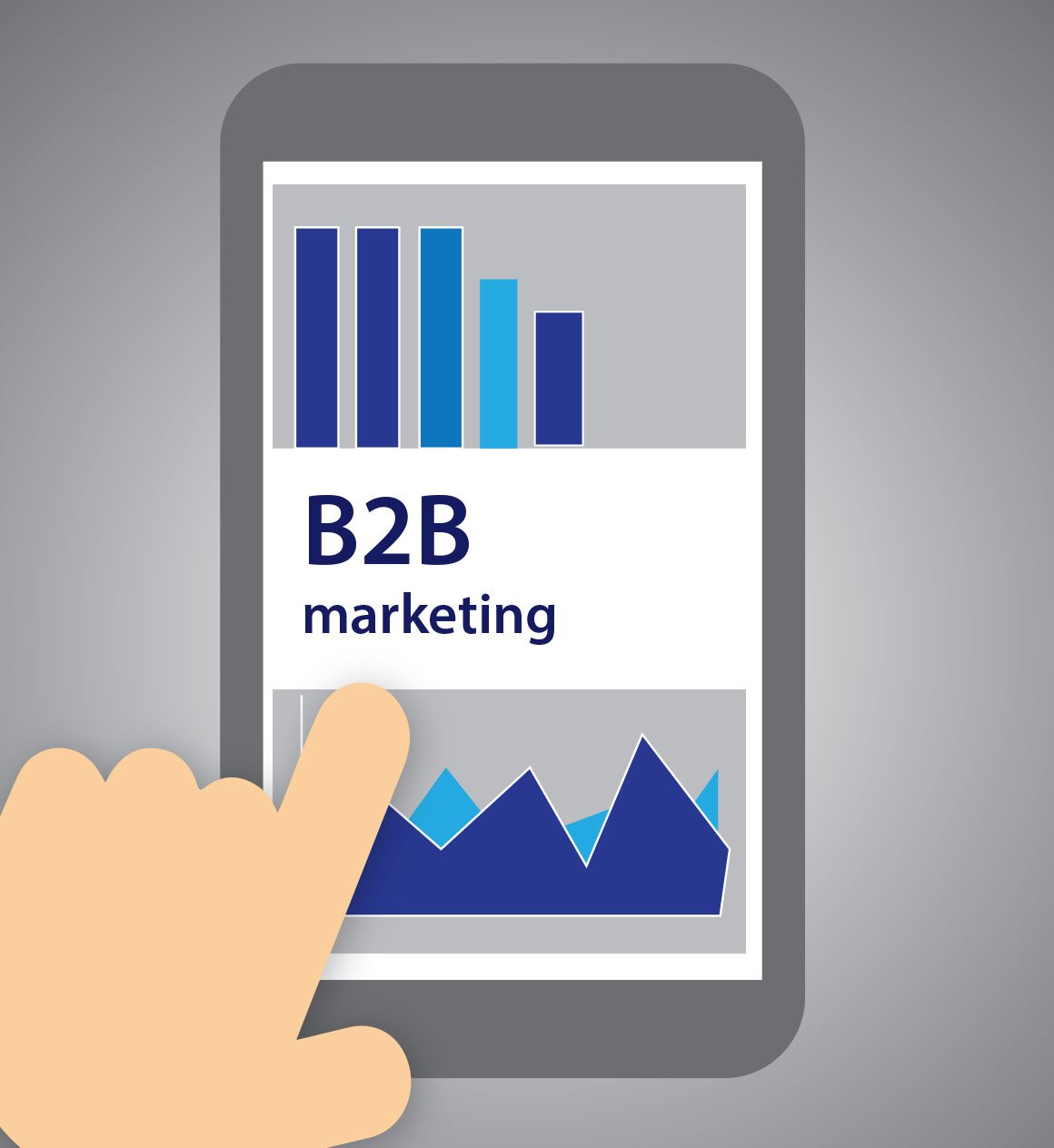
Continuous Activity Monitoring and Analysis
Your migration schedule should define when and how your CMS administration should monitor and process all activities, solving issues before they occur. Ideally, you want to monitor continuously, but you can and should base it on your available personnel resources.
Conclusion
As with any technological investment, your B2B organization should implement headless commerce strategies that will improve your customer experience while maintaining your bottom line.
If you need help developing the right strategy for your organization, feel free to contact us today. Our representatives will work with you to establish the best headless commerce strategy and infrastructure that will help your company reach its goals.

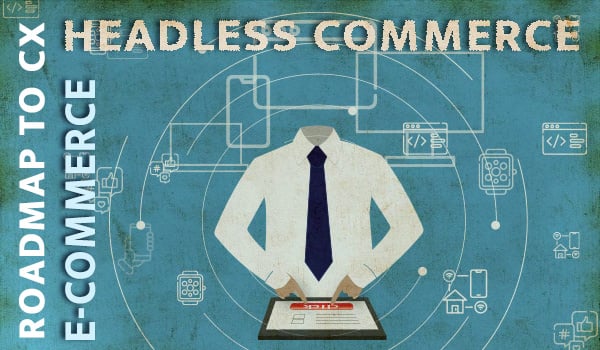
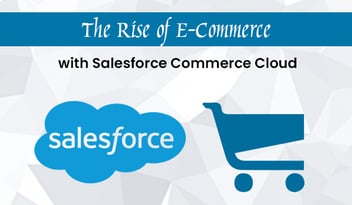
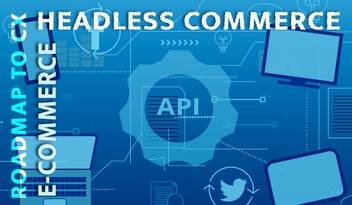
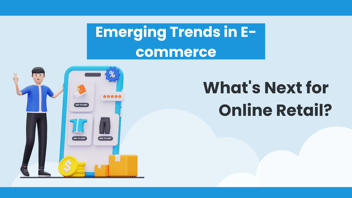
Leave a Comment